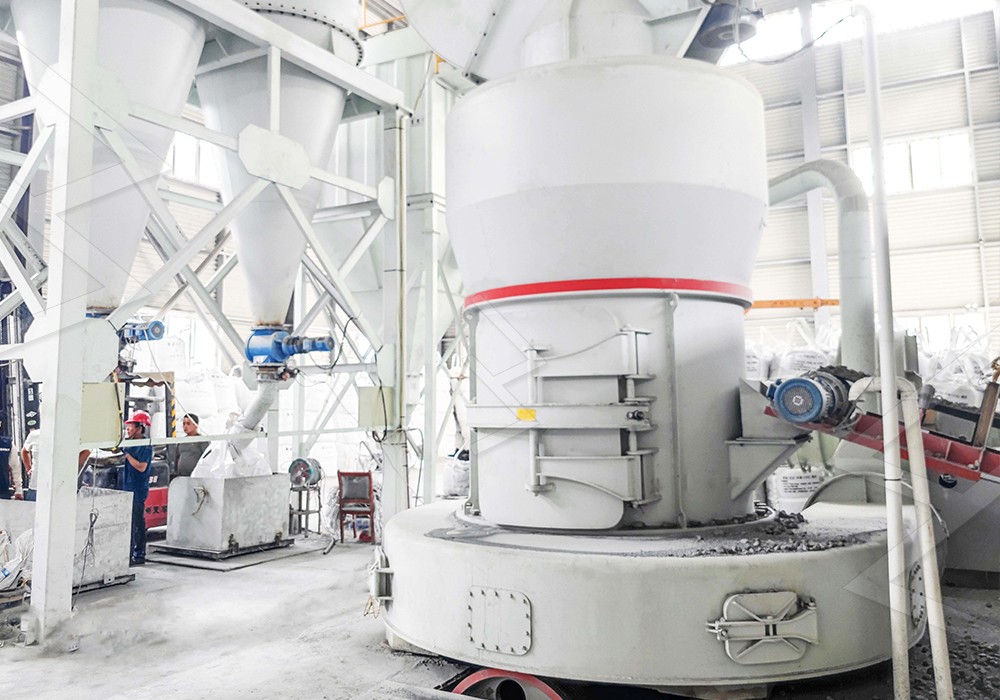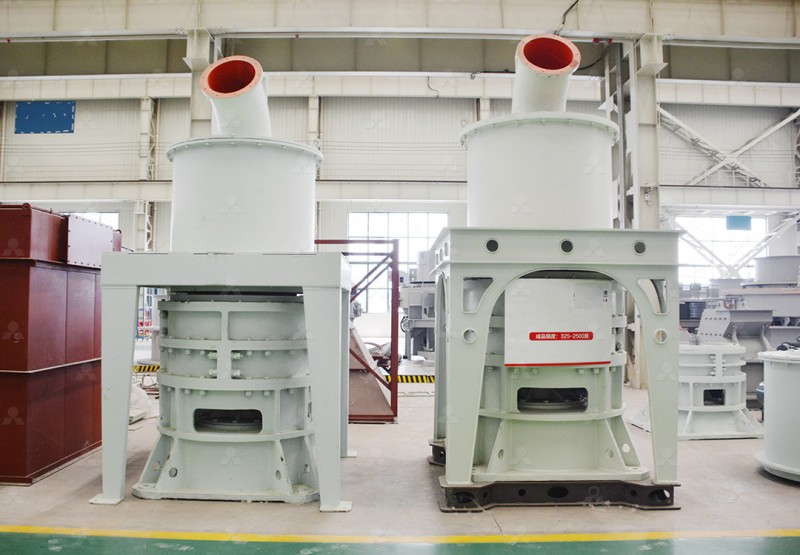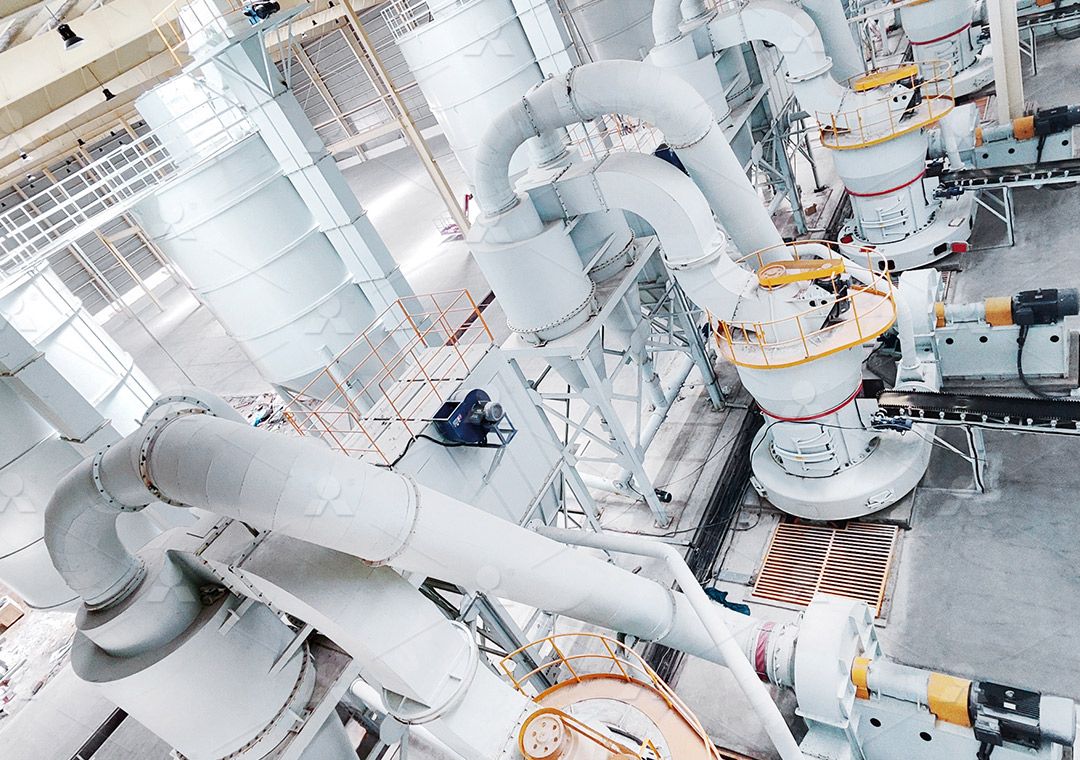Pendulum Mill for Efficient Sodium Feldspar Grinding
Pendulum Mill for Efficient Sodium Feldspar Grinding
In the world of industrial mineral processing, achieving optimal particle size distribution while maintaining operational efficiency remains a persistent challenge. For sodium feldspar – a crucial raw material in ceramics, glass, and filler applications – the grinding process significantly impacts both product quality and production economics. Traditional grinding methods often fall short in delivering the precise control required for this demanding application.

Sodium feldspar’s inherent properties, including its moderate hardness (6-6.5 on Mohs scale) and perfect cleavage, demand specialized milling equipment that can generate consistent fine powders without introducing excessive contamination. The material’s transformation from raw mineral to functional powder requires careful consideration of grinding mechanics, thermal management, and particle classification.
The Technical Demands of Feldspar Comminution
Effective sodium feldspar processing necessitates equipment capable of handling several critical parameters simultaneously. The ideal grinding solution must manage the material’s tendency toward slabby particle formation while preventing iron contamination that could compromise the final product’s whiteness and chemical purity. Additionally, energy consumption remains a primary concern, as grinding operations typically account for a substantial portion of total production costs.
Modern pendulum mill designs have evolved specifically to address these challenges. Through advanced mechanical configurations and intelligent system integration, contemporary grinding technology offers unprecedented control over the entire comminution process.
Advanced Grinding Solutions for Modern Applications
Among the available technologies, our MW Ultrafine Grinding Mill stands out for sodium feldspar applications requiring superior fineness control. With an input size capability of 0-20 mm and throughput ranging from 0.5 to 25 tph, this system delivers exceptional versatility across various production scenarios. The mill’s innovative design incorporates German cage-type powder selector technology, enabling precise adjustment of product fineness between 325-2500 meshes while achieving remarkable screening efficiency of d97≤5μm in a single pass.

What truly distinguishes the MW series in feldspar processing is its elimination of rolling bearings and screws within the grinding chamber. This design innovation virtually eliminates concerns about bearing failure or loose fasteners causing operational disruptions. The external lubrication system permits maintenance without shutdowns, supporting continuous 24-hour operation that dramatically improves overall equipment effectiveness.
Environmental and Economic Considerations
Beyond technical performance, modern mineral processing operations must address environmental compliance and community relations. The integrated pulse dust collector and muffler system ensures the MW Ultrafine Grinding Mill operates well within regulatory standards for emissions and noise. Compared to conventional jet mills, the system reduces energy consumption by approximately 30% while increasing production capacity by up to 40% – a combination that delivers compelling return on investment.
For operations requiring different throughput parameters or dealing with varying feedstock characteristics, our MTW European Trapezium Grinding Mill presents another excellent option. Its unique split-type shovel blade design and cambered air duct system optimize material flow and classification efficiency, particularly valuable when processing feldspar with fluctuating moisture content or mineralogical variations.

Operational Excellence Through Intelligent Design
The digital manufacturing processes employed in both the MW and MTW series ensure exceptional precision in core components, directly translating to improved reliability and consistent product quality. With comprehensive spare parts support and technical services, operations managers can maintain optimal production levels with minimal unplanned downtime.
As industry standards evolve toward finer specifications and tighter quality control, selecting the appropriate grinding technology becomes increasingly critical. The pendulum mill approach, particularly as implemented in advanced systems like the MW Ultrafine Grinding Mill, represents the current state of the art in sodium feldspar processing – balancing precision, efficiency, and operational practicality in a single integrated package.
Frequently Asked Questions
Q: What makes the MW Ultrafine Grinding Mill particularly suitable for sodium feldspar applications?
A: The MW series combines several features specifically beneficial for feldspar processing, including the absence of internal rolling bearings that could introduce contamination, precise fineness control up to 2500 meshes, and significantly lower energy consumption compared to alternative technologies.
Q: How does the cage-type powder selector improve product quality?
A: This German technology enhances separation precision, allowing operators to accurately target specific particle size distributions. The multi-head configuration can be customized according to production requirements for yield, fineness, and sieving rate.
Q: What environmental advantages do these grinding systems offer?
A: Both the MW and MTW series incorporate efficient pulse dust collectors and noise reduction technologies, ensuring compliance with environmental standards. The closed-system design prevents material loss and minimizes workplace exposure.
Q: Can the same equipment process other industrial minerals?
A: Absolutely. These mills demonstrate excellent performance across various non-metallic minerals including limestone, calcite, dolomite, talc, and barite, providing operational flexibility for facilities processing multiple materials.
Q: What maintenance advantages does the external lubrication system provide?
A: This design allows lubrication without production stoppages, significantly improving equipment availability. The elimination of internal lubrication points reduces contamination risk and simplifies maintenance procedures.
